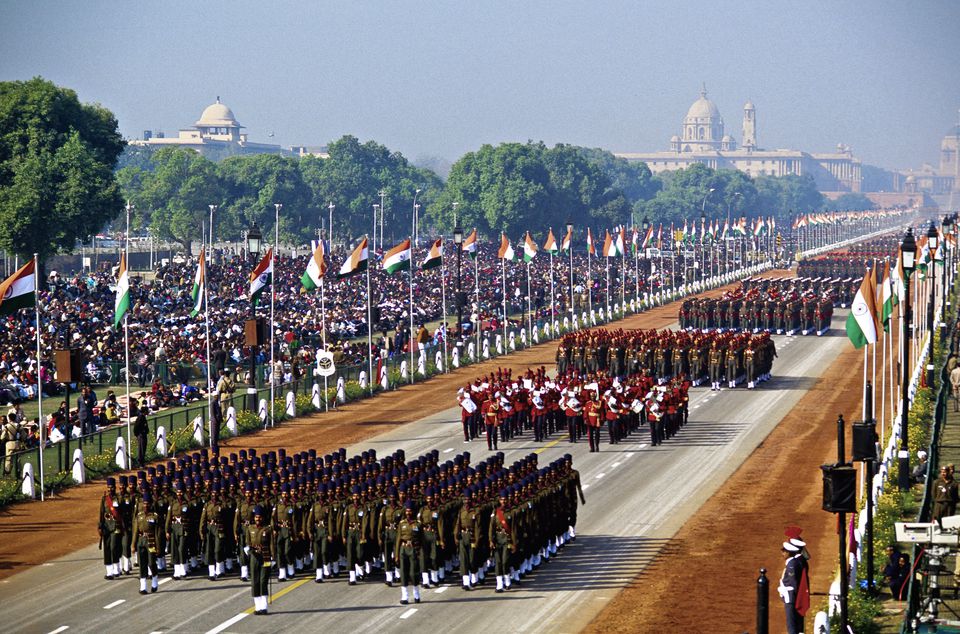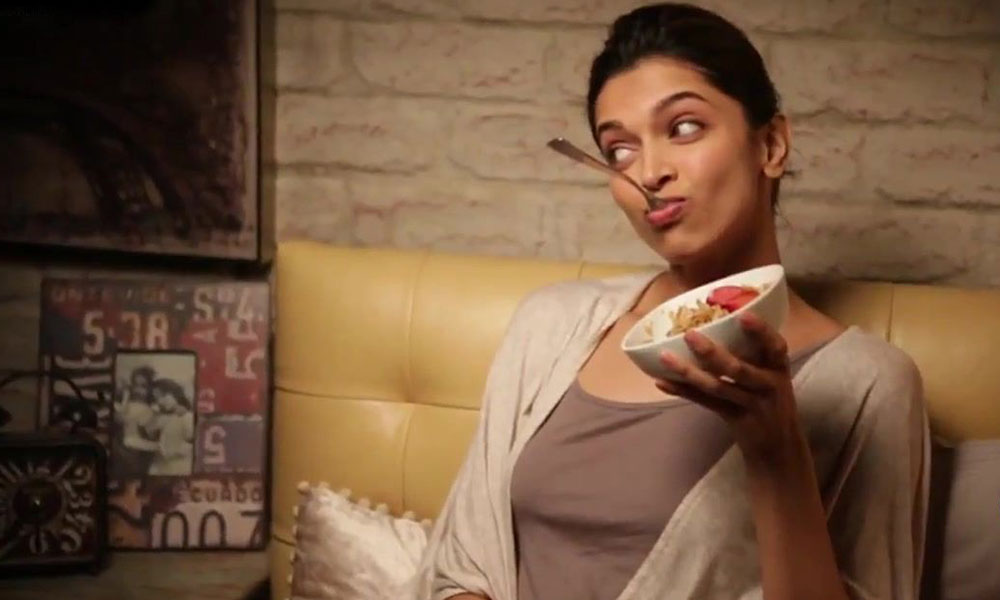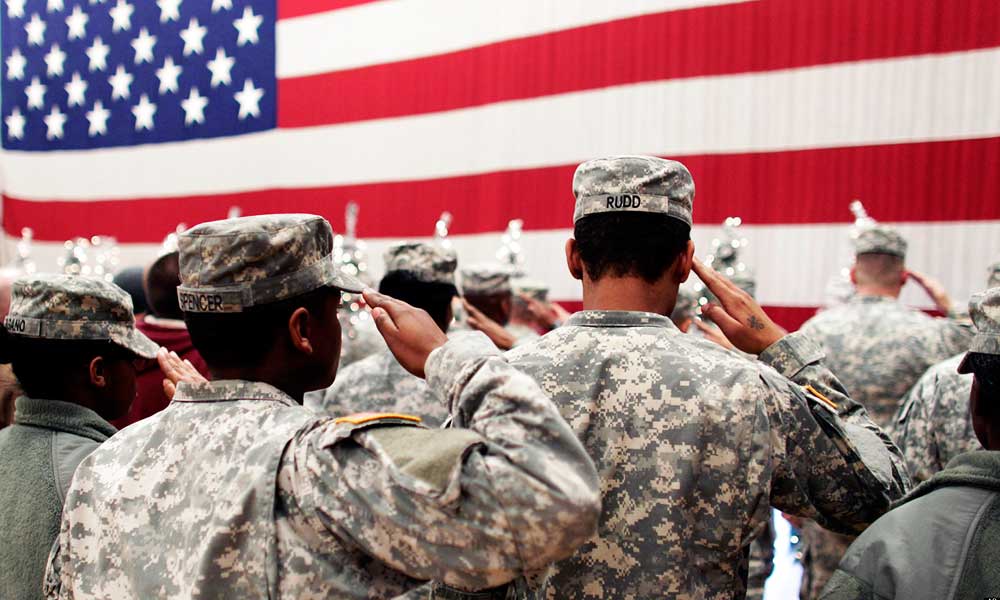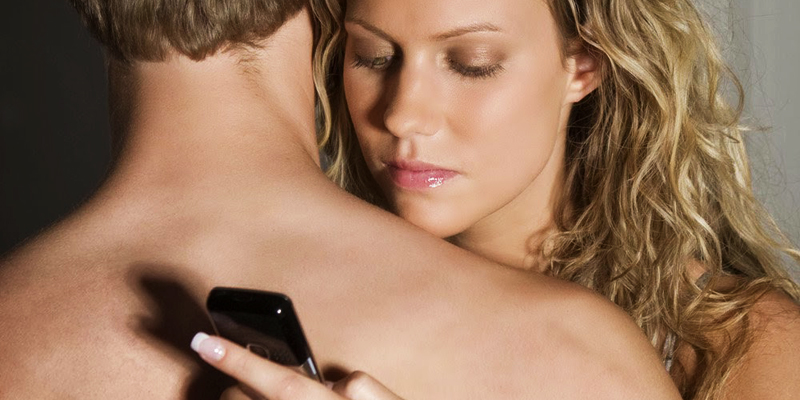Republic Day parade – It’s well past the Republic day and we are still high on the jingoistic ecstasy.
We all feel proud as Indians when the Indian flag reigns supreme on 26th January Parade with the Prime Minister as witness. Over 2 lacs of people flock in there to catch glimpse of the extravagant ceremony and others wake up in the wee hours of morning to catch it live on Doordarshan. The event is adorned with fireworks, patriotic songs etc.
Before the Republic Day parade takes place, security is tightened around the India Gate so much that it becomes an impassable fort. Thousands of military men are deployed to ensure there are no criminal acts with Defence Ministry overlooking it. A lot of money rides on this occasion and quite rightfully so. Here are 10 things we are laying down before you about the Republic Day Parade that you may not know:
1. The Rajpath:
The parade is held on Rajpath now but it was not the same scenario from AD 1950-1954. At that time, the parade was held in Irwin Stadium (now National Stadium), Red Fort and Ramleela Maidan successively. It started to be held in Rajpath from AD 1955.
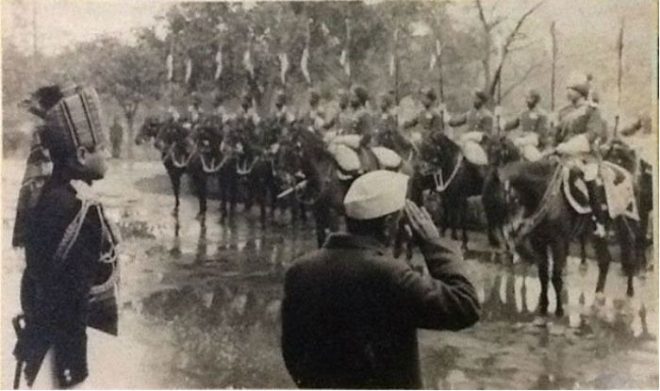
2. The chief guest:
The Prime Minister/President or ruler of any nation is roped in each year as the Chief Guest for the occasion. Dr. Soekarno, President of Indonesia presided over the first ever Republic Day Parade held in India on 1950. Later, the Governor-General of Pakistan Malik Ghulam Mohammad too was invited in 1955.
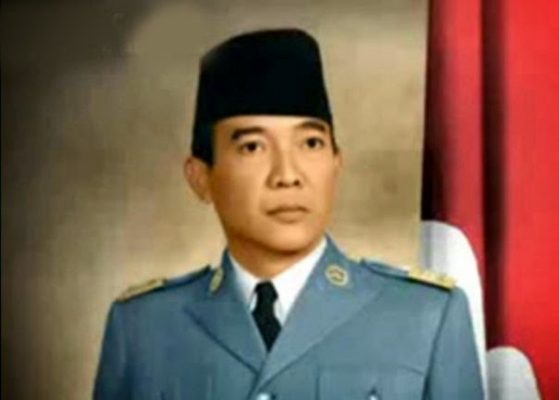
3. The first leg:
In the first leg of the event, a cavalier guards the President to the national flag and he 21 guns salute is given while he salutes the national flag. But take note, 21 cannons are not fired but 7 cannons of Indian Army, known as “25-Ponders” are used to do the firing in 3 rounds. It matches with the time the national anthem is played, the last firing takes place on bang 52nd second.
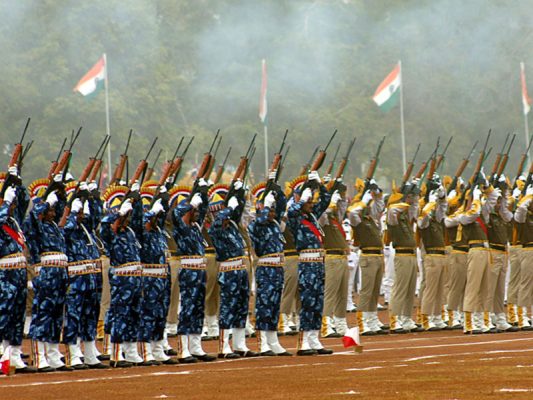
4. The preparations:
All the participants of the parade reach the ground by 4 am but they gear up for it from the month of July of the previous year itself. They are formally intimated about the affirmation of their participation and asked to practice parade in their stipulated regiments of the Delhi centre.
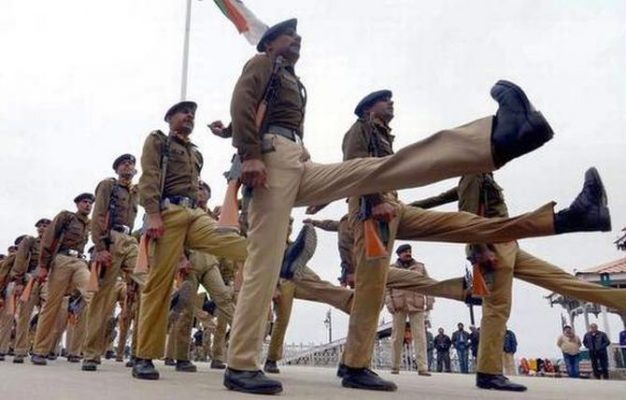
5. The Tanks:
The tanks are stationed in a special camp arranged near the India gate accompanied by other Armored vehicles and modern equipment that exhibit Military strength India possesses. They go through 10 stages of tests before being featured in the parade.
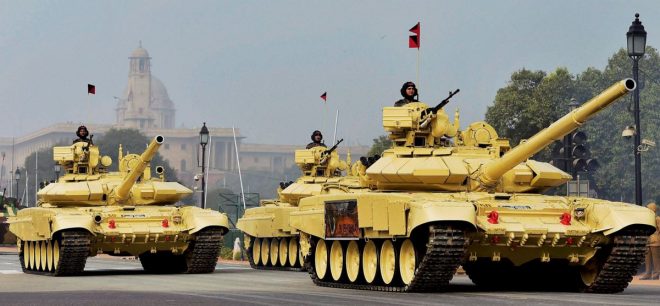
6. The judges:
The judges are made to sit through the way of parade and each participating group has a different judge assigned to them who sit in 200 parameters while the participants cover 9 kilometres to win the ‘ Best marching group’ title.

7. The organizers:
The organizers egg on timeliness in the parade because the minutest of delay will cost them a huge loss. They make sure to organize everything beforehand with utmost dedication so no hassles are there in the aftermath.
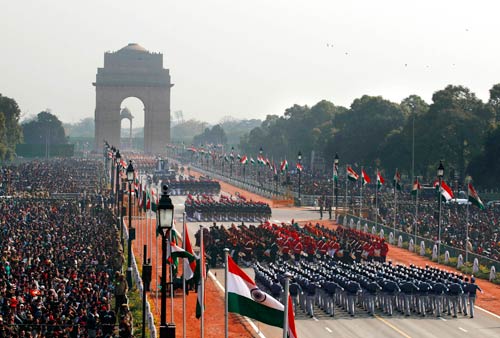
8. The investigation:
Each Army personnel are put through 4 levels of investigation to be featured in the parade. Also, their arms are methodically checked to make sure there are no bullets.
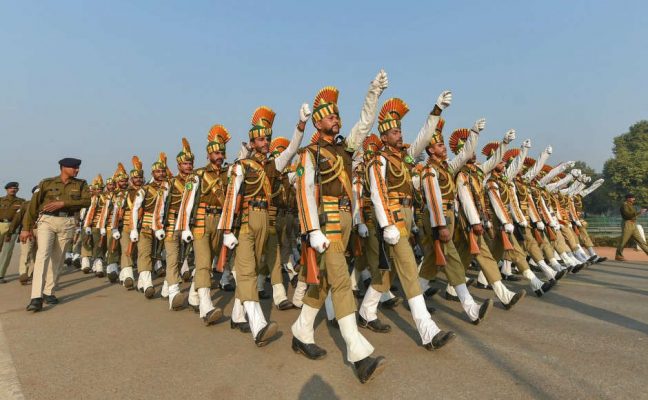
9. The tableaus:
There is a predetermined speed of 5km/h for the tableaus in which they have to move. The drivers drive them through a small window and that’s that.
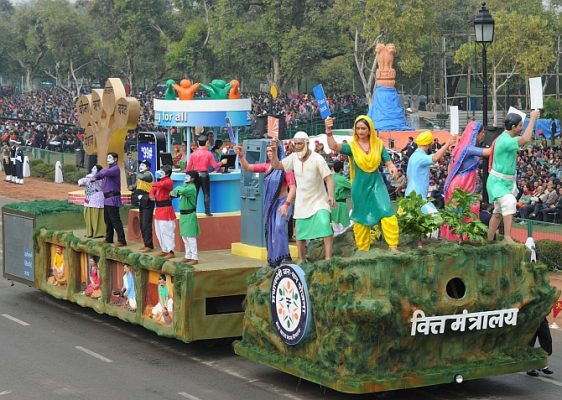
10. The flypast:
The Western Airforce command is responsible for the flypast which entails the participation of 41 aircrafts. These aircrafts take-off from different centres and reach the Rajpath at the same time.
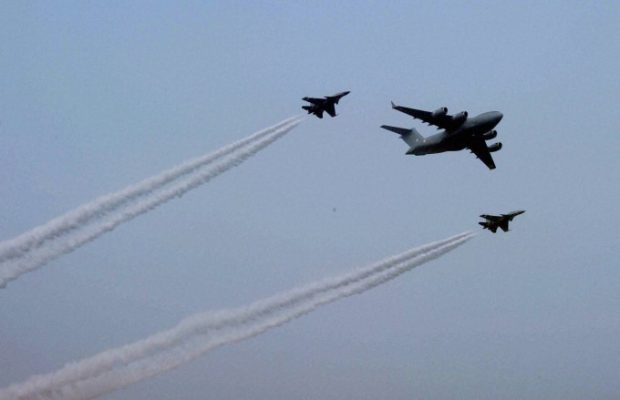
Republic Day parade facts – These facts are fascinating and an eye-opener to the fact that how enormously devoted and eloquent our Indian Army is. The government also makes sure there are no bloopers in the parade and it matches the expectation of the people at large. This is a significant event hence carried out by unflinching sincerity by the government and the army in unison.

